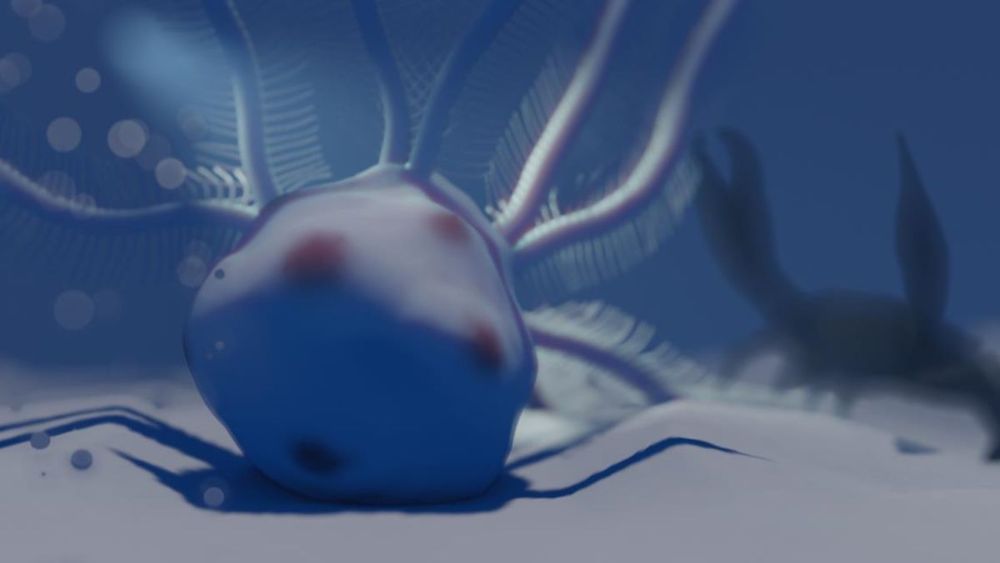A research reactor near Munich has emitted excess C-14 radiation, says the Bavarian city’s technical university. The “slight” leak late March had shown up Thursday when monthly readings were collated.


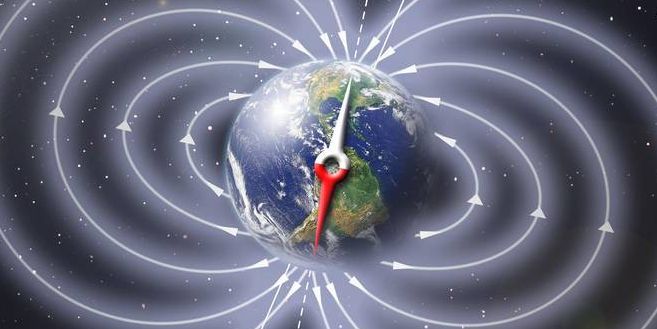

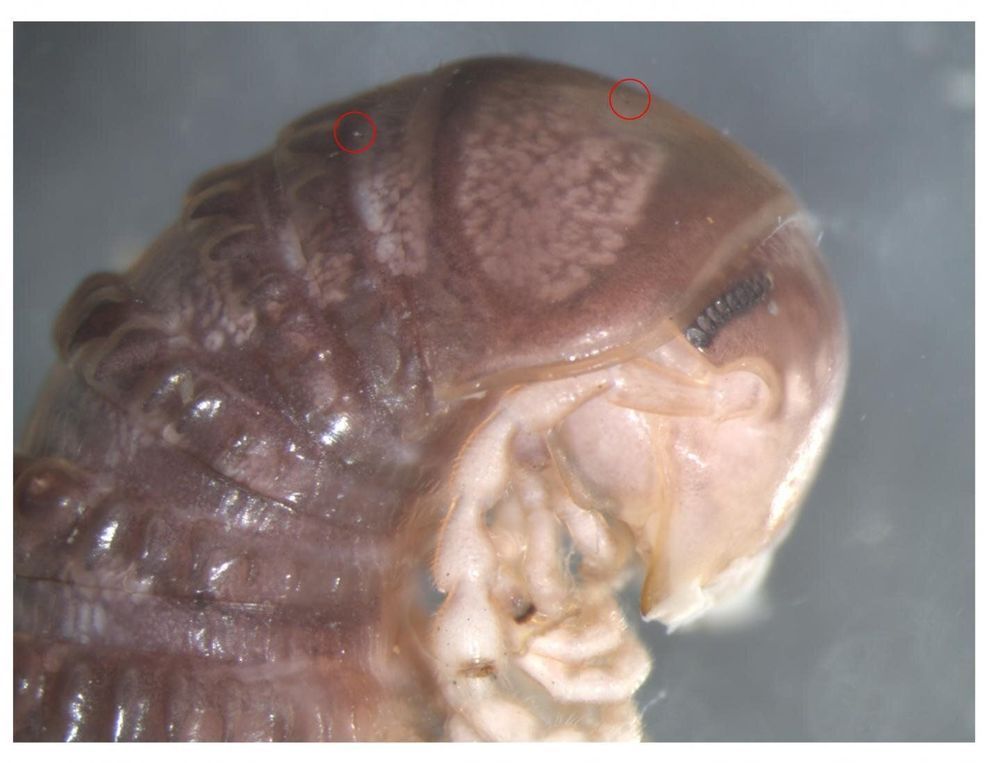
While many of us use social media to be tickled silly by cat videos or wowed by delectable cakes, others use them to discover new species. Included in the latter group are researchers from the University of Copenhagen’s Natural History Museum of Denmark. Indeed, they just found a new type of parasitic fungus via Twitter.
It all began as biologist and associate professor Ana Sofia Reboleira of the National Natural History Museum was scrolling though Twitter. There, she stumbled upon a photo of a North American millipede shared by her US colleague Derek Hennen of Virginia Tech. She spotted a few tiny dots that struck her well-trained eyes.
“I could see something looking like fungi on the surface of the millipede. Until then, these fungi had never been found on American millipedes. So, I went to my colleague and showed him the image. That’s when we ran down to the museum’s collections and began digging,” explains Ana Sofia Reboleira.
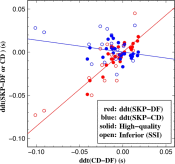
Temporal changes of inner-core (IC) seismic phases have been confirmed with high-quality waveform doublets. However, the nature of the temporal changes is still controversial. We investigated systematically the temporal changes of IC refracted (PKIKP) and reflected (PKiKP) waves with a large data set of waveform doublets. We used non-IC reference phase (mainly SKP), which eliminated ambiguity where the temporal changes come from. We found that the temporal changes have always started at refracted PKIKP and the travel time changes correlate better with PKIKP. Changes in reflected PKiKP can be easily contaminated by the strong and time-varying PKIKP and coda wave trains and therefore are not reliable indicators for IC boundary changes. Combining with previous observations, we conclude that the temporal changes come mostly (if not all) from the IC interior and IC surface changes as the sole source suggested previously can be ruled out. The differential rotation of the IC shifting its heterogeneous uppermost structures is the simplest and most reasonable explanation for the origin of the time-varying IC waves. A rotation rate of about 0.05–0.1° per year with possible decadal fluctuation can reconcile all temporal change observations from body waves, IC scattering, and normal mode data.
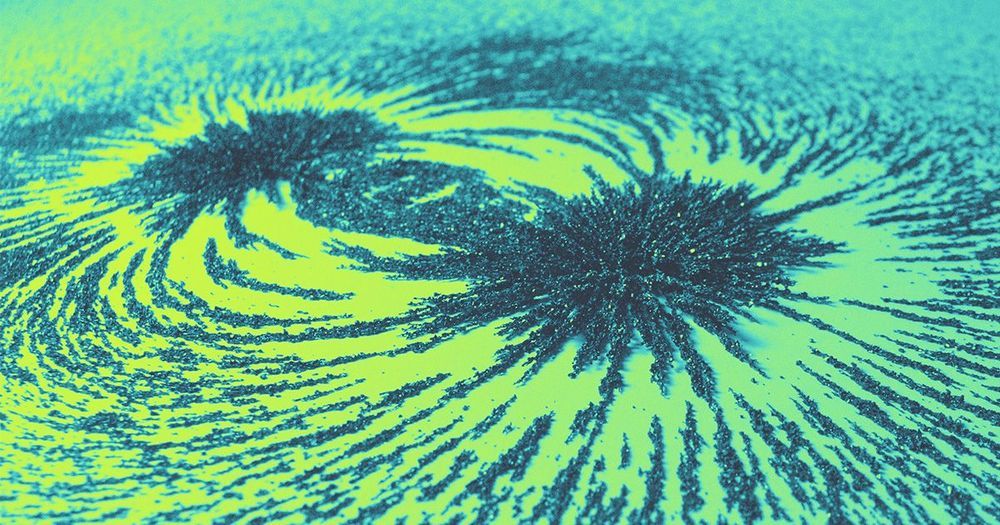
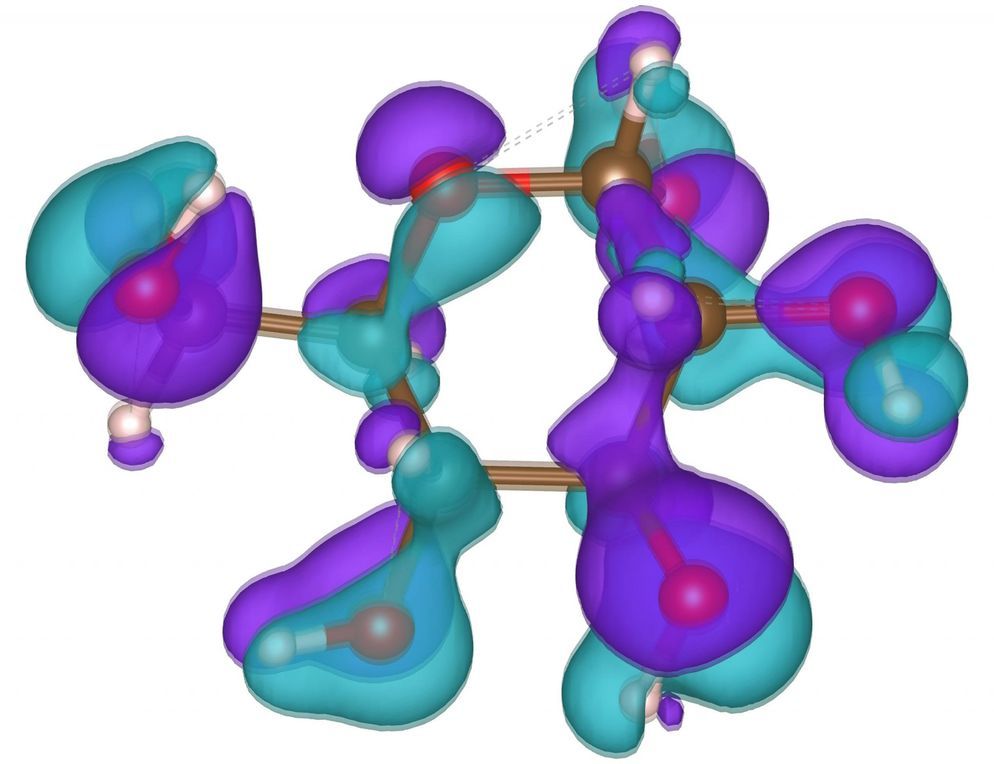
Rice University engineers adapt 2D ‘sandwich’ for surface-enhanced Raman spectroscopy.
A sandwich of molybdenum, sulfur, and selenium turns out to be deliciously useful for detecting biomolecules.
Tests at Rice University’s Brown School of Engineering of a two-dimensional Janus compound showed it could be an effective and universal platform for improving the detection of biomolecules via surface-enhanced Raman spectroscopy (SERS).


